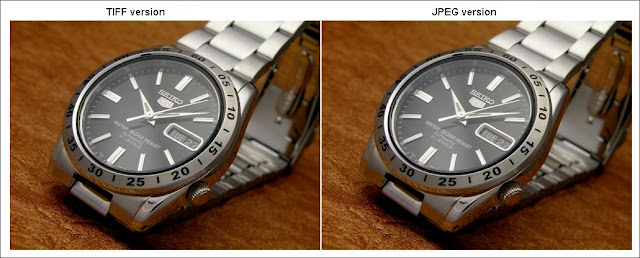- Images can stored and organized in digital format.
- Image file formats are mainly categorized into 4 types.
1.Raster format.
2.Vector format.
3.Compound format.
4.Stereo format.
Raster Format :
- Raster graphics are the most common type of image files.
- They are comprised of a grid of pixels where each pixel represents an individual color within the image.
- Raster format used in both Web graphics and digital photos are stored as raster graphics.
- Raster File Formats are classified into following types :
JPEG :
- JPEG stands for Joint Photographic Extensible Formats.
- JPEG images can stored with .JPEG or .JPG file extensions.
- JPEG format follows the lossy compression technique.After compressing the images will be stored with the extension of '.JFIF (JPEG File Interchange Extension)'
- Nearly every camera stores the images in the .JPEG format.
EXIF :
- EXIF stands for Exchangeable Image File Format.
- EXIF is a file standard to the JFIF format with TIFF extensions.
- It is used to record and standardize the exchange of images with image metadata between digital cameras and editing / viewing software.
- TIFF stands for Tagged Image File Format.
- It is a flexible format that normally stores the 8-bit or 16-bit color images.
- TIFF images saved with the .TIFF or .TIF extension.
- TIFF format supports the both lossy and lossless compression techniques.
- The main disadvantage of TIFF format is it will not widely used by web browsers.
GIF :
- GIF stands for Graphics Interchange Format.
- GIF format is in normal use limited to an 8-bit palette or 256 colors.
- GIF is most suitable for storing graphics with few colors, such as simple diagrams, shapes, logos, and cartoon style images.
- Due to GIF's simplicity and age, it achieved almost universal software support. Due to its animation capabilities, it is still widely used to provide image animation effects, despite its low compression ratio compared to modern video formats.
BIT MAP (BMP) :
- The BITMAP file format handles the graphic files for windows OS.
- Compression is not possible in Bitmap files. So, Large in size and lossless in quality.
- Advantage is wide acceptance of the images in windows OS.
PNG :
- PNG is a Portable Network Graphics.
- PNG file format is open source and alternative to the GIF format.
- PNG is designed to work well in online viewing applications like web browsers and can be fully streamed with a progressive display option.
- PNG is robust, providing both full file integrity checking and simple detection of common transmission errors.
Vector Format :
- Vector graphics made with paths , which are defined by a start and end points along with the other points , like curves, triangles,circles and angles along the way.
- Vector formats mainly used in printing devices like plotters and printers.
- Vector Graphic images types are :
CGM :
- CGM stands for Computer Graphic Metafile.
- CGM format mainly used in 2D graphics.
- In CGM , all graphical elements will store in textual file format.
DXF :
- DXF stands for Drawing Exchange format.
- DXF file is a CAD data file format developed by Autodesk .
- DXF file used to exchange the cad file with the Non-CAD files.for example,i want to convert the auto cad files to PDF files then you will use this .DXF file.
SVG :
- Scalable Vector Graphics (SVG) is an XML-based vector image format for two-dimensional graphics with support for interactivity and animation.
- The SVG specification is an open standard developed by the World Wide Web Consortium (W3C) since 1999.
- SVG images and their behaviors are defined in XML text files.
Compound Format or Meta File Format :
- Meta file formats containing both pixel and vector data, possible other data, e.g. the interactive features of PDF.
EPS :
- EPS stands for Encapsulated PostScript.
- EPS is used for printing to PostScript printers and image setters.
- It is considered the best choice of graphics format for high resolution printing of illustrations.
- EPS files stores with .epsf or .epsi extensions.
PDF :
- PDF stands for "Portable Document Format."
- PDF is a file format used to present documents in a manner independent of application software, hardware, and operating systems.
- Each PDF file encapsulates a complete description of a fixed-layout flat document, including the text, fonts, graphics, and other information needed to display it.
SWF :
- SWF stands for Small Web Format or Shockwave Flash.
- SWF format used for publishing the small scale animations or applets on the web.
Stereo Format :
PNS :
- PNS stands for PNG stereo.
- PNS is an stereoscopic extension to the PNG file format.
- It consists side -by-side PNG format images.
MPO :
- MPO stands for Multi Picture Object.
- MPO is a JPEG based format for multi view images. It contains two or more JPEG files concatenated together.
















